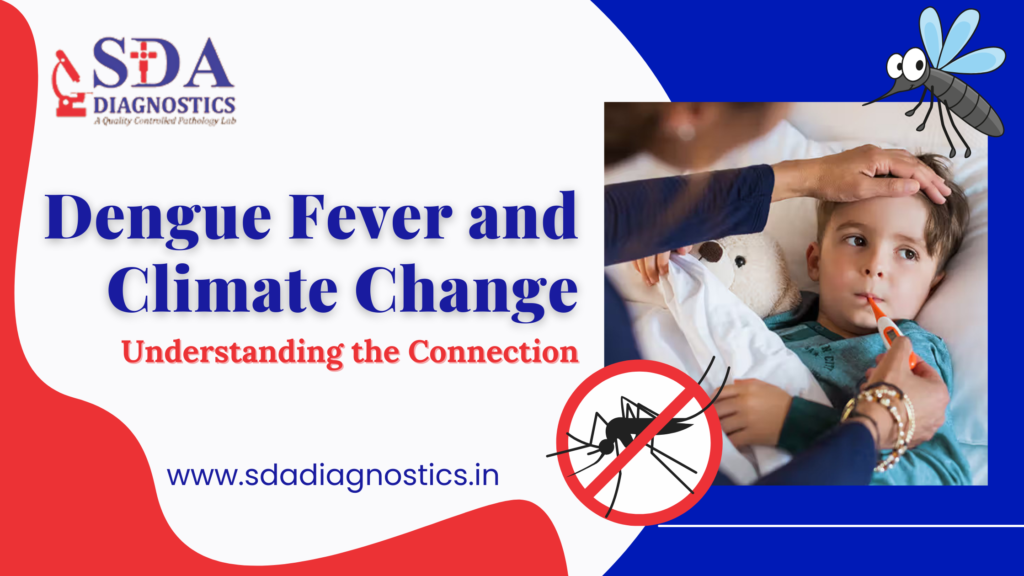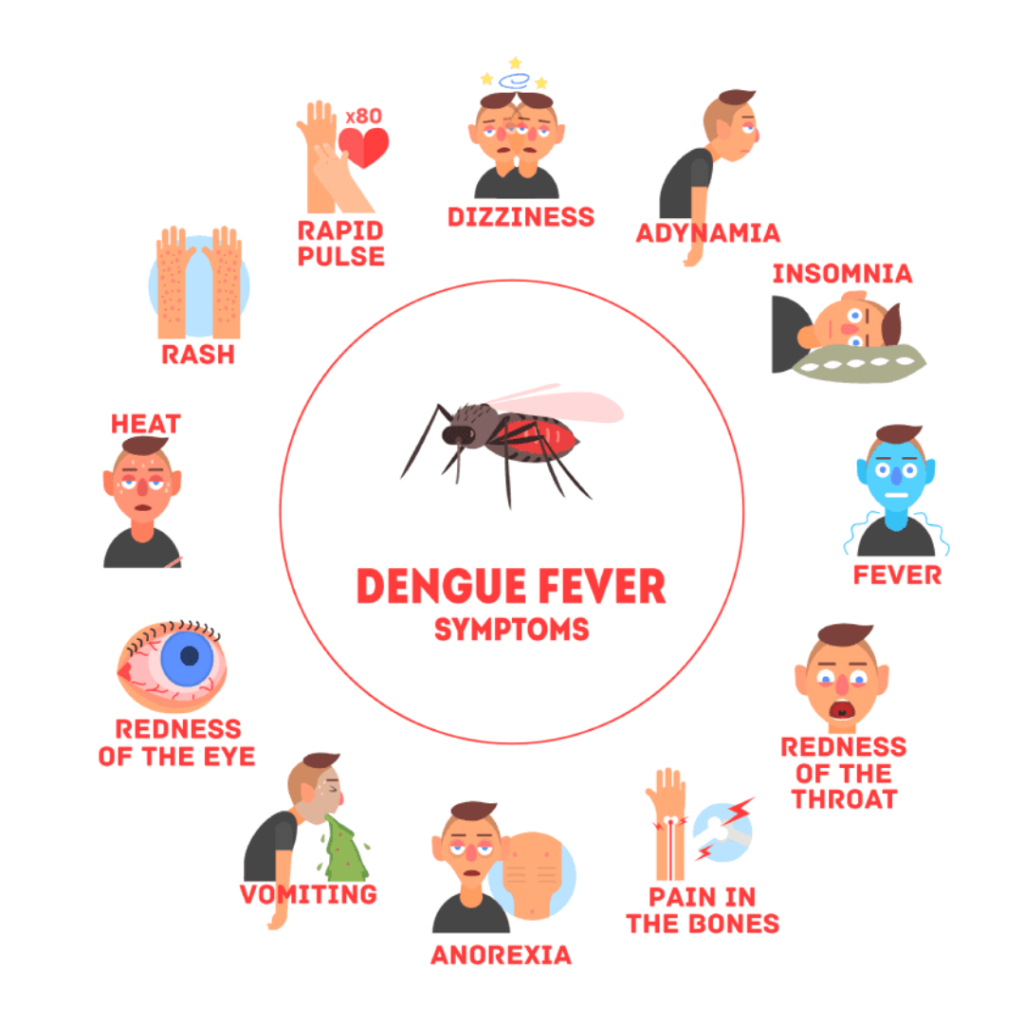Dengue Fever and Climate Change: Understanding the Connection

Dengue fever is a mosquito-borne viral disease that has become a significant public health concern worldwide. With rising global temperatures and changing weather patterns, the incidence and spread of Dengue fever have seen a noticeable increase. This blog, by Dr. Sonal Dhingra Anand, will delve into the connection between Dengue fever and climate change, exploring how environmental changes are influencing the spread of this disease.
Understanding Dengue Fever
Dengue fever is caused by the Dengue virus, which is transmitted to humans through the bites of infected Aedes mosquitoes, primarily Aedes aegypti. Symptoms of Dengue include high fever, severe headache, pain behind the eyes, joint and muscle pain, rash, and mild bleeding (such as nose or gum bleed). Severe Dengue, also known as Dengue Hemorrhagic Fever, can cause serious complications and even be fatal.

The Role of Climate Change
Climate change refers to long-term changes in temperature, precipitation, and other atmospheric conditions on Earth. It has far-reaching impacts on various ecosystems and human health, including the spread of vector-borne diseases like Dengue.
1. Temperature Rise
The Aedes mosquito thrives in warm climates. Higher temperatures shorten the incubation period of the Dengue virus within the mosquito, meaning the virus can be transmitted to humans more quickly. Warmer temperatures also increase the mosquito’s feeding frequency and lifespan, leading to more opportunities for the virus to spread.
2. Changes in Rainfall Patterns
Climate change has led to unpredictable rainfall patterns, including heavy rains and floods. These conditions create ideal breeding grounds for mosquitoes. Stagnant water from heavy rains provides numerous breeding sites for Aedes mosquitoes, facilitating the rapid spread of Dengue Fever.
3. Urbanization and Population Growth
Urbanization, often exacerbated by climate change, contributes to the proliferation of mosquitoes. Poor urban planning and inadequate waste management result in water accumulation in containers, gutters, and other urban infrastructures, creating breeding habitats for mosquitoes. Additionally, dense populations in urban areas increase the likelihood of mosquito-human contact, further spreading the virus.
Geographic Spread of Dengue fever
Climate change is not only increasing the incidence of Dengue in regions where it is already prevalent but also expanding its geographic range. Areas that were once too cool for the Aedes mosquito are now becoming suitable habitats due to rising temperatures. This means that regions previously unaffected by Dengue are now experiencing outbreaks, posing new challenges for public health systems.
Public Health Implications
The connection between Dengue and climate change has significant public health implications. Increased incidence and geographic spread of Dengue put more people at risk, strain healthcare systems, and require more resources for prevention and control.
1. Surveillance and Early Warning Systems
Enhanced surveillance systems are crucial to monitor and predict Dengue outbreaks. By understanding climate patterns and their effects on mosquito populations, health authorities can develop early warning systems to alert communities and prepare healthcare facilities for potential outbreaks.
2. Vector Control Measures
Effective vector control measures are essential to combat the spread of Dengue. These include eliminating mosquito breeding sites, using insecticides, and promoting the use of mosquito nets and repellents. Public health campaigns can educate communities about the importance of keeping their surroundings clean and free of standing water.
3. Research and Vaccine Development
Continued research on Dengue and its connection to climate change is vital. Developing vaccines and treatments for Dengue can provide long-term solutions to reduce the disease burden. Moreover, understanding how climate change influences other vector-borne diseases can help in preparing for future public health challenges.
Conclusion
Dengue fever and climate change are intricately linked, with rising temperatures and changing weather patterns creating favorable conditions for the spread of the disease. Addressing this connection requires a multifaceted approach, including robust public health strategies, community engagement, and ongoing research. By understanding and mitigating the impacts of climate change, we can better protect populations from Dengue and other vector-borne diseases.
For more information on Dengue and related diagnostic services, visit SDA Diagnostics Lab Meerut.
References
- World Health Organization (WHO)
- Centers for Disease Control and Prevention (CDC)
- Climate Change and Human Health, National Institute of Environmental Health Sciences (NIEHS)
FAQs:
How does climate change affect the spread of Dengue fever?
Climate change affects Dengue spread by increasing temperatures, which shorten the incubation period of the virus within mosquitoes. It also causes unpredictable rainfall patterns, creating more breeding sites for mosquitoes, and contributes to urbanization issues that facilitate mosquito proliferation.
What measures can be taken to control the spread of Dengue in light of climate change?
Measures include enhancing surveillance systems to predict outbreaks, implementing effective vector control strategies like eliminating mosquito breeding sites, using insecticides, promoting mosquito nets and repellents, and educating communities about maintaining clean, water-free surroundings.
How can communities protect themselves from Dengue fever?
Communities can protect themselves by removing standing water around their homes to eliminate mosquito breeding sites, using mosquito repellents and nets, wearing protective clothing, and staying informed about local Dengue outbreaks and preventive measures through public health campaigns.
